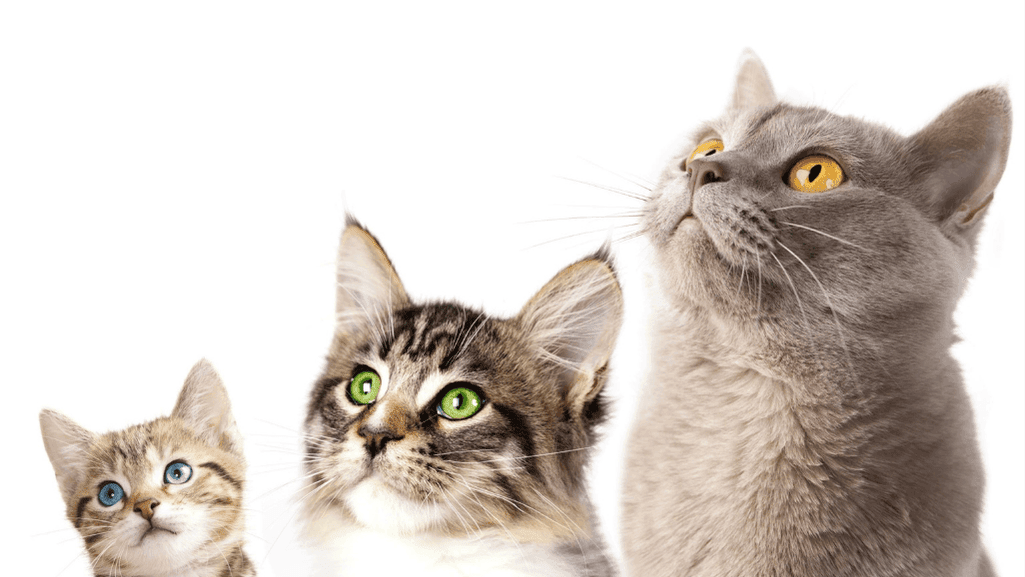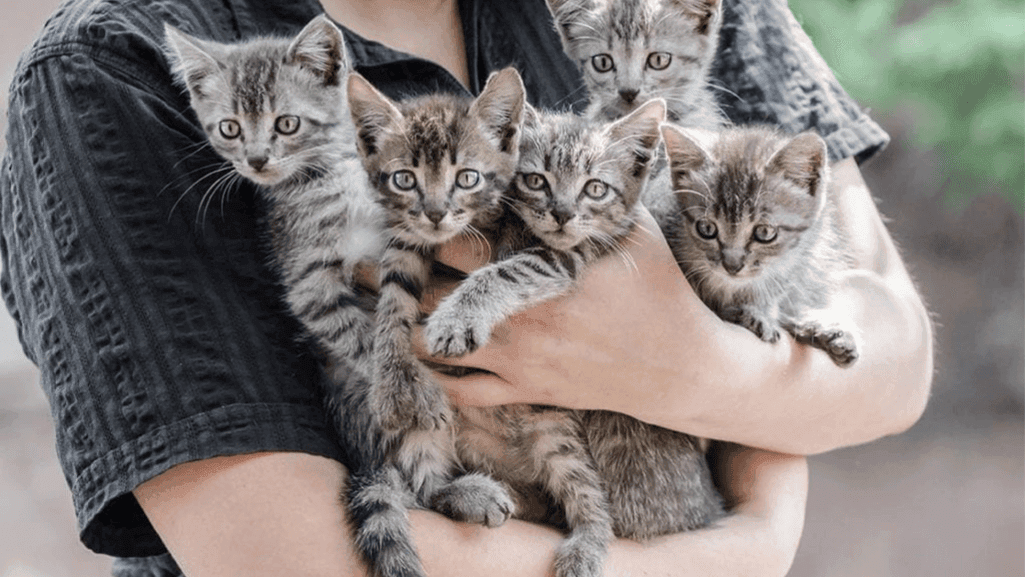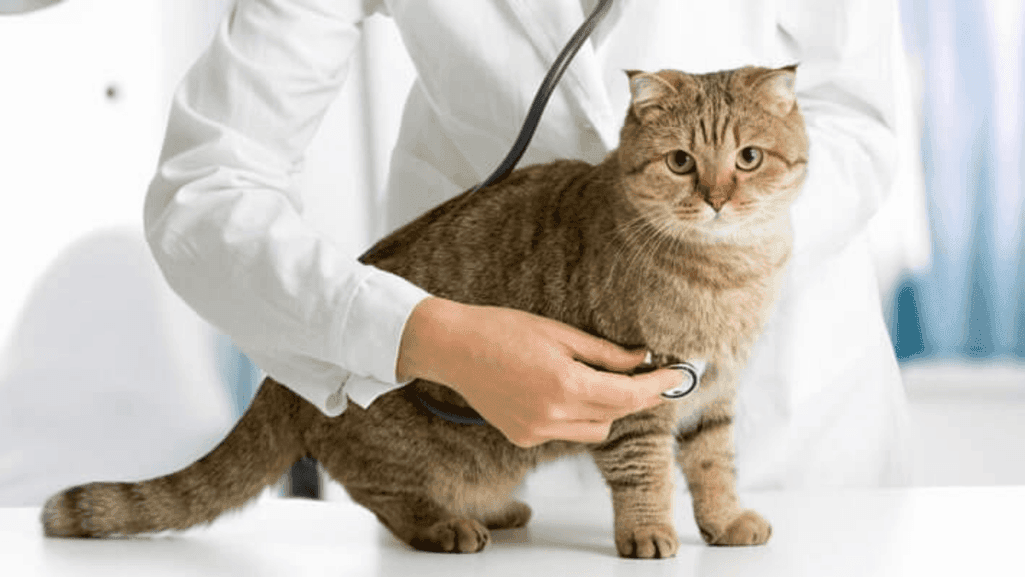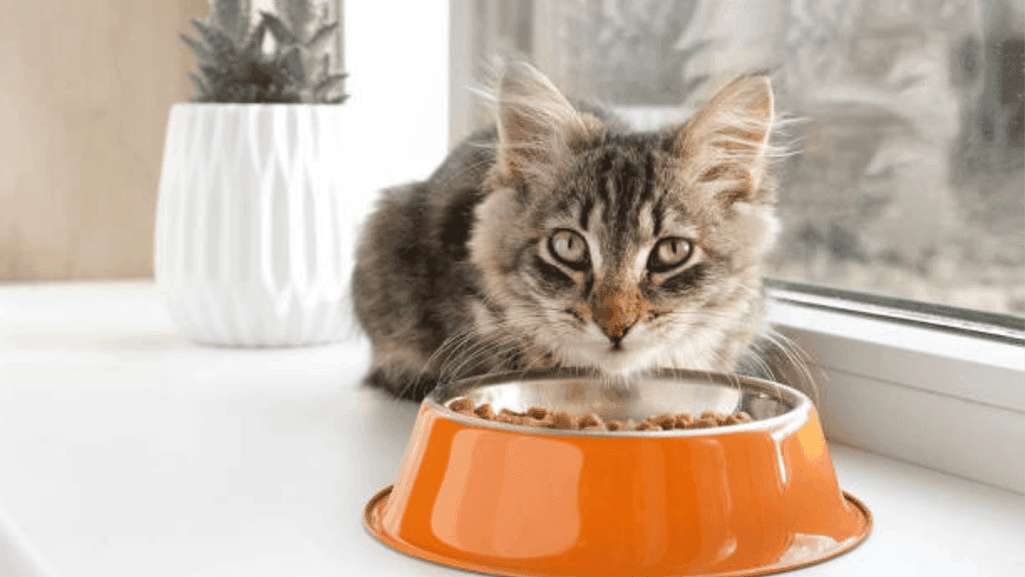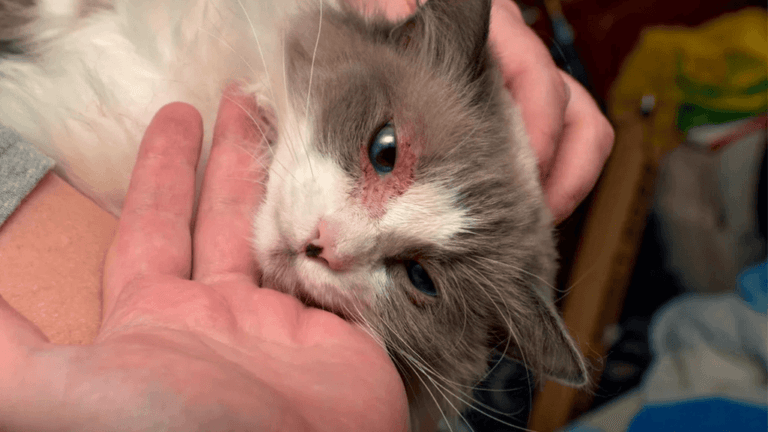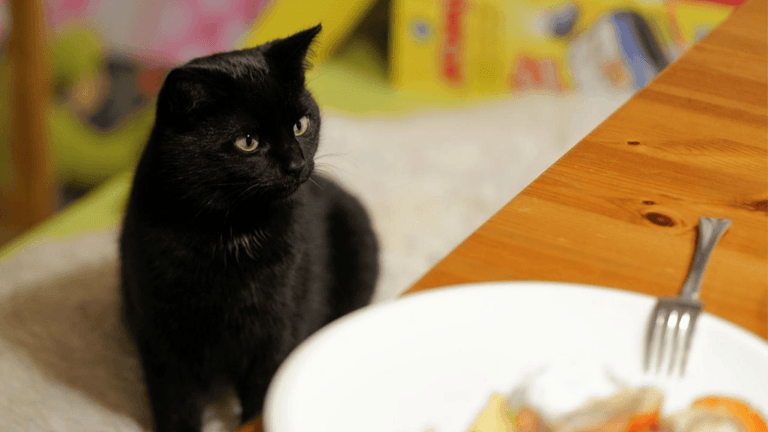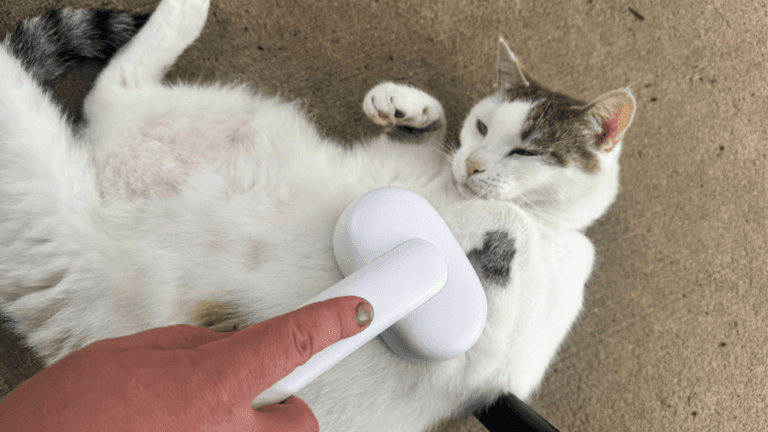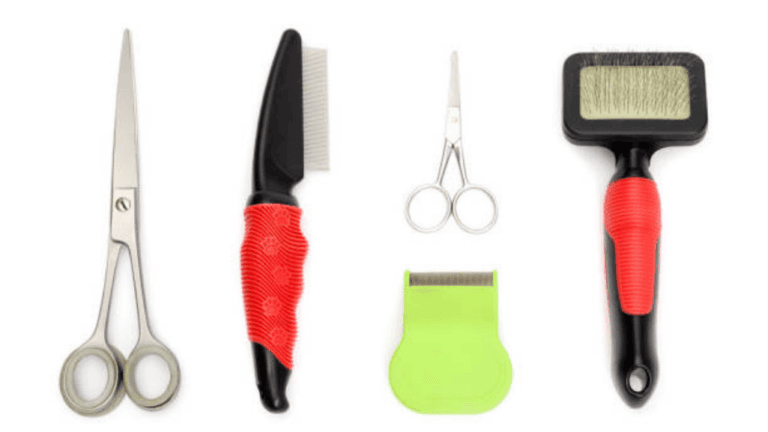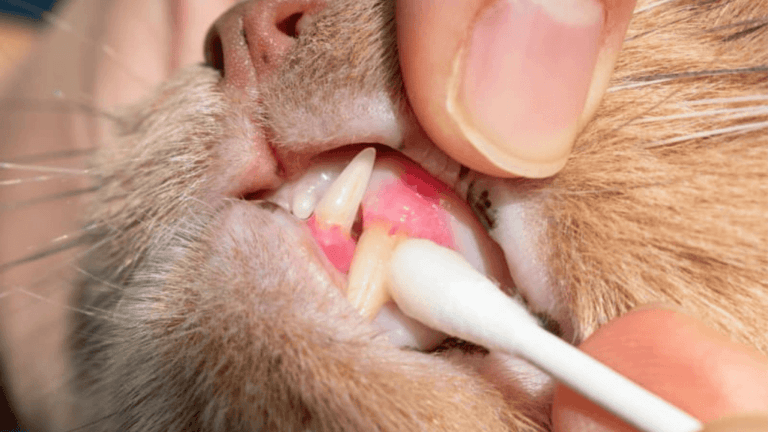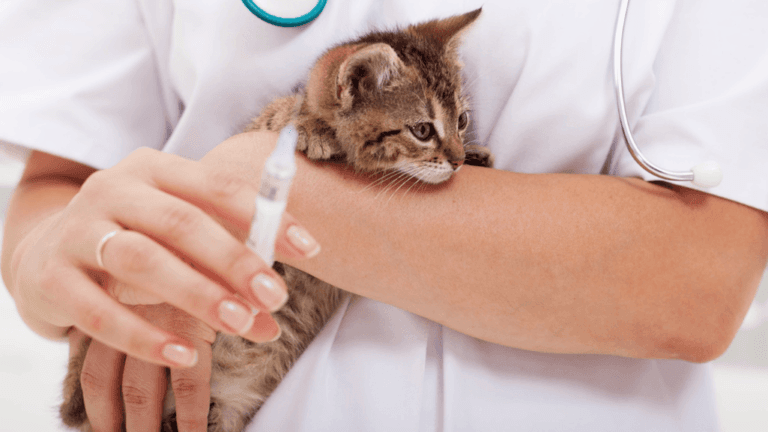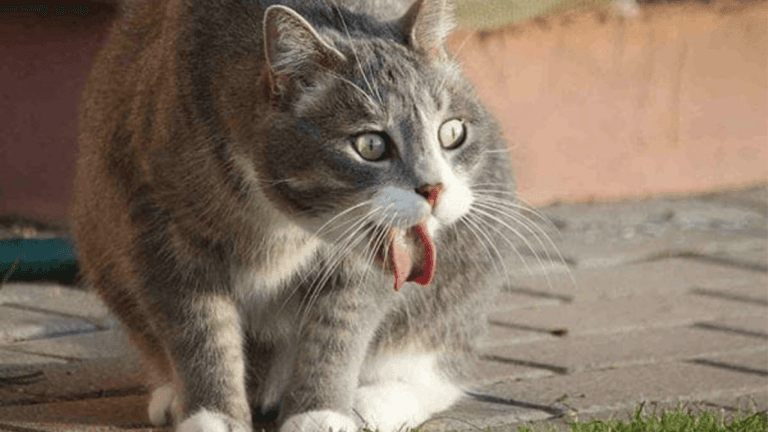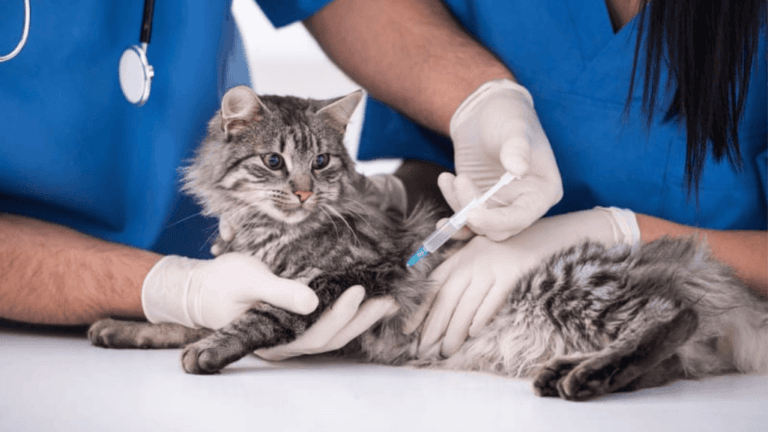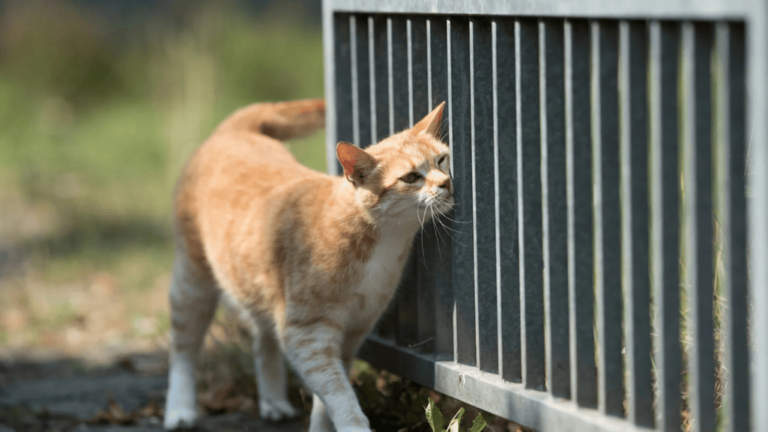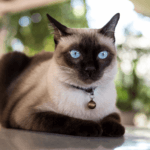Tabby cats are loved for their unique stripes and spots. But what’s really interesting is how long they live. These cats can live up to 18 years, which is quite impressive.
Their long life is not just about their looks. It’s also about the care they get. This includes good health, food, and a safe home. This is a big difference from outdoor cats, who might only live 2 to 5 years.
The “M” shape on their forehead is a sign of their long life. It shows they can live a long and healthy life with the right care.
Key Takeaways
- Indoor tabby cats can aspire to a hearty life expectancy, often 12 to 18 years.
- Lifespan severely drops for outdoor tabby cats, with an average span of 2 to 5 years.
- Females tend to outlive males, averaging a lifespan of 15 years.
- Early neutering leads to a longer, healthier life, especially for males.
- Purebred and mixed breed tabbies differ in longevity, with mixed breeds averaging 14 years.
- Genetics, healthcare, and nutrition are pivotal in a tabby cat’s life.
- Cognizant care for each life stage of a tabby cat is essential for their well-being.
The Unique Traits of Tabby Cats
Tabby cats are loved for their special markings and unique personalities. Their coats, shaped by patterns, have a rich history. They trace back to their wild ancestors.
Defining the Tabby Coat Pattern
Tabby cats are known for their stunning coat patterns and colors. The famous “M” marking on their foreheads is a big part of their charm. These patterns are not tied to a specific breed but are shaped by genetics.
They can have stripes, swirls, dots, and patches. There are five main types: Classic, Mackerel, Spotted, Ticked, and Patched. Each type shows off the cat’s genetic makeup in a unique way.
Tabby cats can live up to 15 years, thanks to good care and a healthy lifestyle. Their fur patterns are not just beautiful. They also help the cats blend in, a trait from their wild ancestors.
The Significance of the “M” Shaped Marking
The “M” marking on a tabby’s forehead is fascinating. It’s not just a cute feature but also carries deep historical and mythological meaning. This marking is also seen in wildcats like cheetahs and tigers, showing a strong genetic link.
This “M” symbolizes a connection to the wild beauty of their ancestors. It also often goes hand in hand with smart and friendly behavior. This makes tabby cats more than pets; they are a part of feline history and culture.
Understanding these traits shows why tabby cats are more than just pets. They are creatures of mystery and beauty, living long and healthy lives with their human families.
Understanding Tabby Cats’ Lifespan
How many years do tabby cats live? Many tabby cat owners wonder about this. A tabby’s life span can change a lot. It depends on their breed, where they live, and their health care. We can learn a lot about the tabby cat age span and how to help them live longer.
On average, a tabby cat lives between 12 to 15 years. Indoor tabbies usually live longer because they avoid dangers outside. For more info, check out this article on tabby cats’ lifespans.
| Breed | Average Lifespan | Living Condition Influence |
|---|---|---|
| Maine Coon | 12-15 years | Longer indoors |
| Siamese | 10-13 years | Varies |
| Persian | 12-17 years | Longer indoors |
| Burmese | 10-17 years | Longer indoors |
Knowing about the tabby cat aging process is important. A good home, health care, and diet are key. To help a tabby live longer, create a safe indoor space and schedule vet visits. This way, tabby cats can live a long and happy life.
Indoor vs. Outdoor: The Impact on Tabby Cats’ Lifespan
Deciding whether to keep a tabby cat indoors or outdoors greatly affects their life span. Some think outdoor life is better for stimulation. But, the dangers can shorten their lives a lot.
Risks Faced by Outdoor Tabby Cats
It’s important to know how long do outdoor tabby cats live to compare their life to indoor cats. Outdoor tabbies usually live only 2 to 5 years. They face dangers like traffic, harmful substances, and harsh weather.
Outdoor cats are at high risk of death. They often get hit by cars. They also get sick from other animals or toxins outside.
The Safety of an Indoor Environment
Indoor tabby cats live longer and healthier lives. They are safe from dangers outside. This lets them live up to 17 years or more.
They avoid car accidents, poisonous substances, and other animals. They can still see the outdoors safely, like in catios. This gives them fun without danger.
The table below shows the lifespans and risks of indoor and outdoor tabby cats:
| Environment | Average Life Expectancy | Common Risks |
|---|---|---|
| Outdoor | 2-5 years | Vehicles, Toxins, Predators |
| Indoor | Up to 17 years | Limited to no external risks |
In summary, outdoor life has its perks but comes with many risks to outdoor tabby cats. This can cut their life short. Indoor life is safer, leading to a longer life for tabby cats.
How long do tabby cats live
The average tabby cat lifespan can change a lot. Many things affect how long and healthy a tabby cat lives. Knowing these can help owners take better care of their pets.
Factors Affecting Lifespan of Tabby Cats
Several important factors influence a tabby cat’s life span. These include genetics, diet, exercise, and health care. Lifestyle choices, like being indoors or outdoors, also play a big role. The right mix of these can lead to a longer, healthier life for your tabby.
Proper care and attention are key. Indoor cats tend to live longer because they face fewer dangers. This means they can live up to 15-20 years, compared to outdoor cats who may only live 4-5 years.
Tabby Cat Lifespan Statistics
Looking at the numbers, we see how living conditions and health care impact life expectancy:
| Condition | Average Lifespan |
|---|---|
| Indoor-only Tabby Cats | 15-20 years |
| Outdoor Tabby Cats | 4-5 years |
| Mixed-Breed Indoor Cats | 16-18 years |
| Purebred Indoor Cats | 12-15 years |
This table shows how different living conditions affect a tabby cat’s life span. It highlights the big difference between indoor and outdoor cats.
In conclusion, many factors influence a tabby cat’s life span. But with the right care, they can live a long and happy life. Regular vet visits, a balanced diet, and keeping them indoors are all important for a longer life.
Healthcare and Regular Check-Ups for Tabby Cats
Keeping tabby cats healthy is more than just loving them. Tabby cat veterinary care is key to increasing tabby cat lifespan. Regular vet visits are important for their health.
Vet care includes vaccinations and catching diseases early. Starting vet visits early helps set a health baseline. This is crucial for long-term tabby cat health and longevity.
These visits are not just for shots or treating illnesses. They also include preventive care. This includes screenings for common diseases in tabby cats like dental issues and kidney disease.
Regular checks also give owners a chance to talk to vets about their cat’s health. They can discuss diet, exercise, and even enrichment. This helps keep their cat healthy for longer. For more tips on caring for your tabby cat, read this article.
- Annual health checks to reassess the overall health and to update vaccinations.
- Bi-annual dental checks to prevent common periodontal diseases.
- Diet consultation for weight management and nutrient balance.
- Behavioral assessments to ensure mental health and address any changes.
| Age Category | Clinical Focus |
|---|---|
| Kitten (0-1 year) | Immunizations, Parasite control |
| Junior (1-2 years) | Spaying/Neutering, Diet regulation |
| Adult (3-6 years) | Weight management, Dental care |
| Mature (7-10 years) | Chronic disease management, Mobility assistance |
| Senior (11 years and over) | Cancer screening, Kidney function tests |
| Geriatric (15 years and over) | Palliative care options, Quality of life assessment |
Working with your vet is crucial for your tabby cat’s health. Regular visits can catch health issues early. This helps your cat live a longer, healthier life.
Optimal Nutrition for Tabby Cats’ Health and Lifespan
Improving tabby cat longevity starts with good nutrition. Knowing the importance of diet for tabby cats helps owners make better choices. These choices can lead to a healthier, longer life for their cats.
Importance of Diet in Tabby Cat Longevity
Good nutrition is key for tabby cats’ health and longer lives. A tabby cat diet full of high-quality animal proteins meets their natural needs. It helps with muscle and organ health.
Also, the right vitamins and minerals can prevent diseases like hyperthyroidism. This is common in older tabbies.
Choosing the Right Food for Your Tabby
Choosing the best diet for tabby cats depends on their age, health, and activity level. For example, active, young cats need more calories. But older, less active cats should avoid obesity.
| Product | Calories per Serving | Health Benefit | Availability |
|---|---|---|---|
| Greenies Feline Oven Roasted Chicken Tub | Less than 2 calories per treat | VOHC Accepted for Tartar Control | Regularly available |
| KONG Cat Naturals Double Scratcher | N/A | Supports natural scratching behavior | Limited stock: 491 items left |
The right diet helps keep your tabby healthy and prevents serious diseases. So, it’s important to choose a diet that matches your tabby’s life stage and health needs. With the best diet for tabby cats, they can live a long, healthy life. They might even live as long as Creme Puff, who lived 38 years indoors.
The Aging Process in Tabby Cats
As tabby cats grow older, it’s important for owners to understand tabby cat aging. These cats, with their unique coats and friendly nature, face changes in their senior years. These changes can impact their health and happiness.
Recognizing the Signs of Aging in Tabbies
Spotting early signs of aging in tabby cats is key to their health. As they reach their tabby cat senior years, they might move less, play less, and sleep more. These signs help owners adjust their care to meet their aging needs.
Caring for a Senior Tabby Cat
Caring for aging tabby cats requires a detailed plan. This includes regular vet visits and changes in their diet. Keeping them indoors and in comfortable homes can help them live longer. Regular vet visits are crucial for catching and treating health problems early.
To help tabby cats live longer, owners should feed them well, keep their environment calm, and provide mental stimulation. These steps help them stay healthy and happy as they age.
Genetics and Breeding: Influences on Tabby Cat Lifespan
The lifespan and health of tabby cats are greatly influenced by their tabby cat genes and tabby cat breeding history. Each breed has unique genetic traits. Knowing these is key for owners and breeders.
Looking at tabby cat genetic health factors, we see some breeds face more health issues. Maine Coons, for example, are at risk for a serious heart problem. On the other hand, mixed breeds might live longer and healthier due to their diverse genes.
| Breed | Average Lifespan | Common Health Issues |
|---|---|---|
| Maine Coon | 12-15 years | Hypertrophic Cardiomyopathy |
| American Shorthair | 15-20 years | Less prone to major illnesses |
| Oriental | 10-15 years | Dental and respiratory issues |
Tabby cats come in many patterns, each linked to health. Classic, mackerel, spotted, patched, and ticked patterns all have genetic markers. For example, Abyssinians, with their ticked pattern, are full of energy and curiosity.
The history of tabby cat breeding shows a focus on looks and personality. While this has created beautiful cats, it also raises health concerns due to limited genetic diversity.
Knowing about these genetic factors helps us care for and breed tabby cats better. It highlights the need for responsible breeding to improve their health.
- Ensure mixed breeding to maintain genetic diversity.
- Scheduled health screenings for breed-specific conditions.
- Encouraging a balanced diet and regular exercise to mitigate health issues.
This deep look into tabby cat genes and breeding shows how crucial these factors are for tabby cat health and well-being.
Tabby Cat Lifespan: How Care Tips Can Extend Their Years
The lifespan of tabby cats is not just about genetics. It’s also about the care they get. By using effective tabby cat care tips, owners can help their pets live longer. This includes good nutrition, regular exercise, and medical care.
Effective Tabby Cat Care Strategies
Starting with tabby cat care tips for a longer life means regular health checks. These exams help catch serious health issues early. Also, a diet rich in moisture and meat is key to avoiding common health problems.
Keeping their environment clean is another important part of care. Daily grooming helps spot health issues early. A clean litter box and fresh water are also essential for their health.
The Role of Mental Stimulation and Exercise
The tabby cat exercise importance is huge. Besides health care and diet, mental and physical activity are crucial. Providing climbing structures and interactive toys keeps them active and sharp.
Exercise helps prevent diseases like diabetes and arthritis. It also keeps them emotionally healthy. A happy, active cat is less stressed, which is good for their health and life span.
In summary, caring for tabby cats means attentive healthcare, proper diet, cleanliness, and exercise. These efforts can lead to a longer, happier life together. With these care strategies, every tabby cat can live up to their full potential.
Conclusion
The average lifespan of tabby cats is shaped by many factors. Genetics play a big role, especially in orange tabbies. About 80% of them are male due to genetics. This shows how nature and care work together to affect their lives.
Famous cats like Garfield have made tabbies beloved pets. They come in many breeds, from British Shorthairs to Maine Coons. This makes them special companions.
But, it’s not just genetics. The care we give them greatly affects their longevity. A tabby cat’s lifespan can be 12 to 18 years. Good healthcare, the right diet, and a safe, stimulating home are key.
Taking care of a pet means we have a big impact on their life expectancy. Regular vet visits, the right food, and a safe home are crucial. This helps them live long, happy lives.
Let’s cherish the unique personalities of our tabby cats. They bring joy to our lives. By creating a healthy environment, we can make their average lifespan longer. This way, we can enjoy more time with them.


